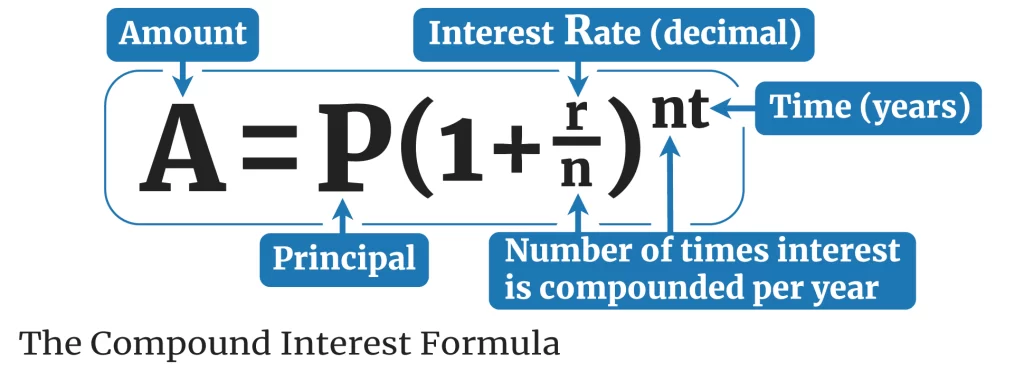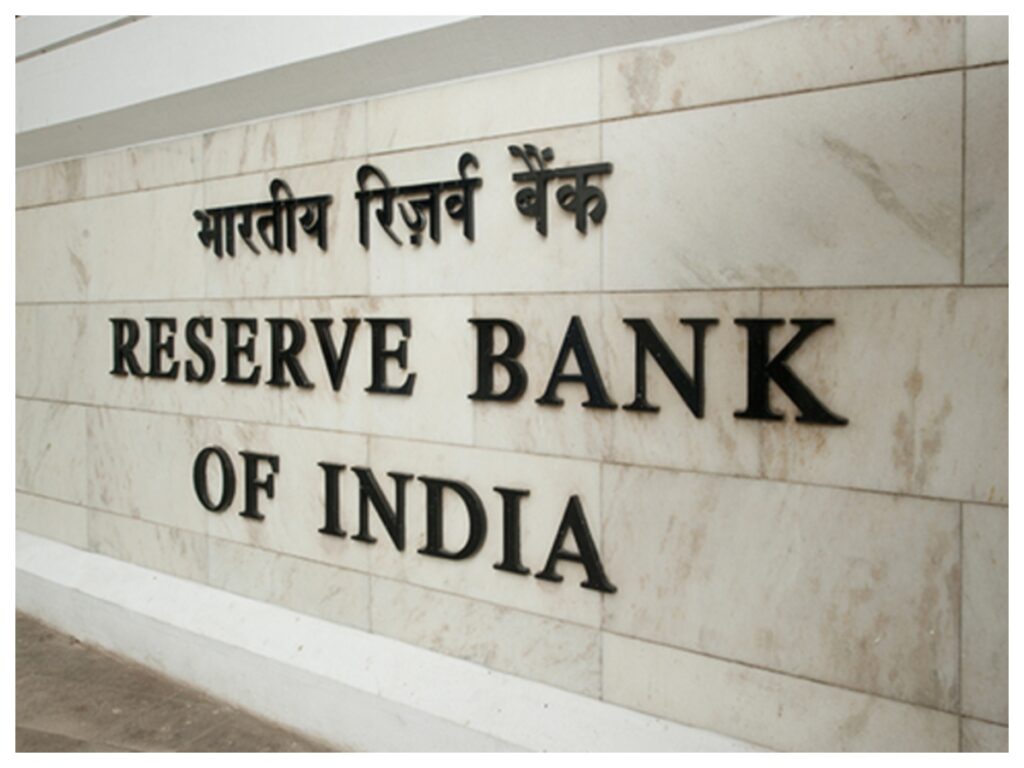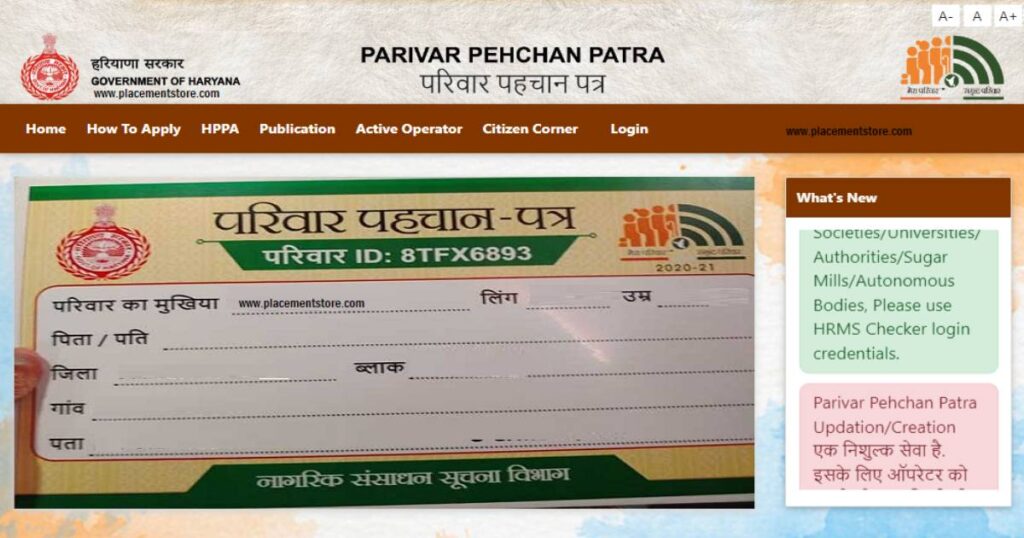Compound Interest Calculator
Compounding interest, as opposed to simple interest, is the situation where your wealth increases exponentially because you earn interest on your total investments, the aggregation of your principal amount and the interest it incurs. Mathematically, the possibilities of compound interest are endless. What is Compound Interest? Compound interest is the interest on interest. The interest you earn on the deposit will be reinvested instead of paying it out. In simple terms, if you have investment Rs.100000 for 3 years and you will get a compounding benefit every quarter, then your money will be reinvested every quarter with an earned interest in last months. Suppose interest rate of your investment is 12% p.a, you will receive 1% monthly interest on Rs.100000 in the initial three months of your investment. After thee months (Quarter), you investment will be reinvested will the earn interest (Rs.100000 + 3000) and you will starting receiving 1% monthly interest on Rs. 103000, after two quarters interest will be occur on Rs.106003 and It will go on until the maturity. How can a Compound Interest Calculator Help You? Accurate Projections: Quickly determine how much your investment or savings will grow over time with precise calculations, taking into account the principal amount, interest rate, and compounding frequency. Financial Planning: Use the calculator to plan for future financial goals, such as retirement, education, or major purchases, by estimating how much you need to save or invest to reach your target amount. Comparison of Investment Options: Compare different investment opportunities by inputting various interest rates and compounding periods to see which option offers the best returns. Understanding Compounding Effects: Visualize the power of compound interest and how even small increases in interest rates or time horizons can significantly impact your total returns. Budgeting and Saving Strategies: Adjust your savings plan by seeing how different monthly contributions affect your long-term savings, helping you create a more effective budget. Customizable Scenarios: Experiment with different scenarios by changing variables like the initial amount, interest rate, and time period to see a range of possible outcomes. Motivation to Save: Seeing potential growth can encourage you to save more and stick to your financial goals, knowing the benefits of compound interest. Easy Accessibility: Many online calculators are user-friendly and free, making it easy to get quick and accurate information without needing advanced financial knowledge. How to Calculate Compound Interest? A = P (1 + r/n) ^ nt The variables in the formula are the following. P Principal Amount A Compound interest R/r Rate of interest N/n Number of times interest compounds in a year T/t Number of years For example, if you invest Rs. 50,000 with an annual interest rate of 10% for 5 years, the returns for the first year will be 50,000 x 10/100 or Rs. 5,000. For the second year, the interest will be calculated on Rs. 50,000 + Rs. 5000 or Rs. 55,000. The interest will be Rs. 5550. For the third year, the amount will stand at Rs 6055 and so on. FAQs How does Compound Interest Calculator help you to choose an investment? Compound Interest Calculator shows you the compound interest that you earn on investments. It helps to choose the right investment tool, period for your investment and make your financial planning better. What is Daily, Monthly, Quarterly and Yearly compounding? Daily, monthly, quarterly, and yearly compounding refer to how often interest is calculated and added to the principal. Daily compounding adds interest daily, maximizing returns. Monthly compounding adds interest every month, while quarterly compounding does so every three months. Yearly compounding adds interest annually. The more frequent the compounding, the higher the effective interest rate and the greater the potential returns on the investment.
Compound Interest Calculator Read More »









